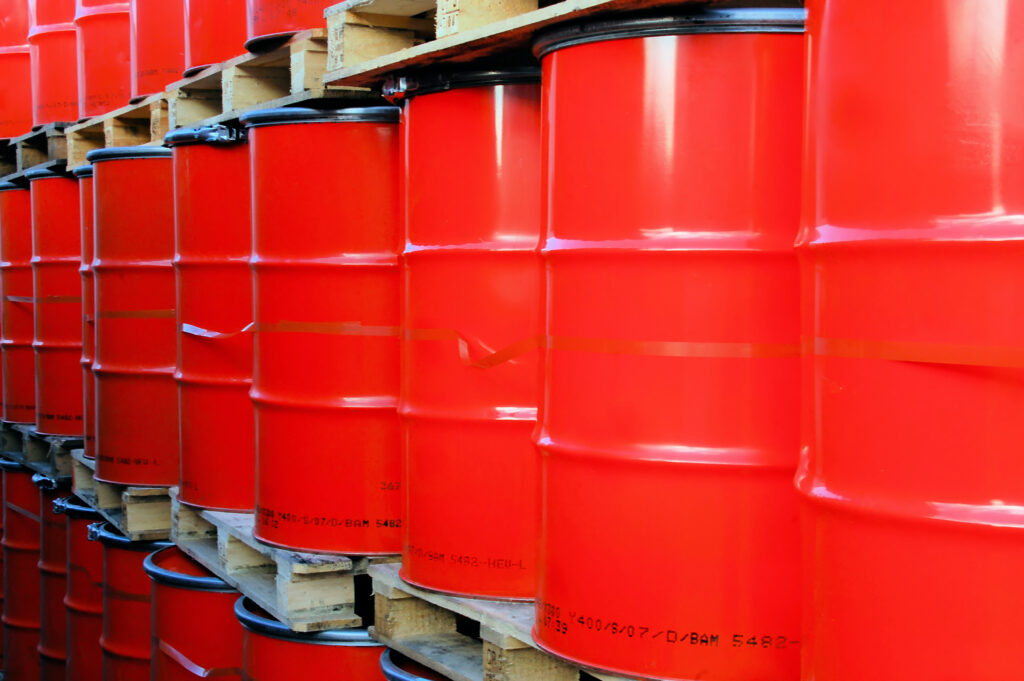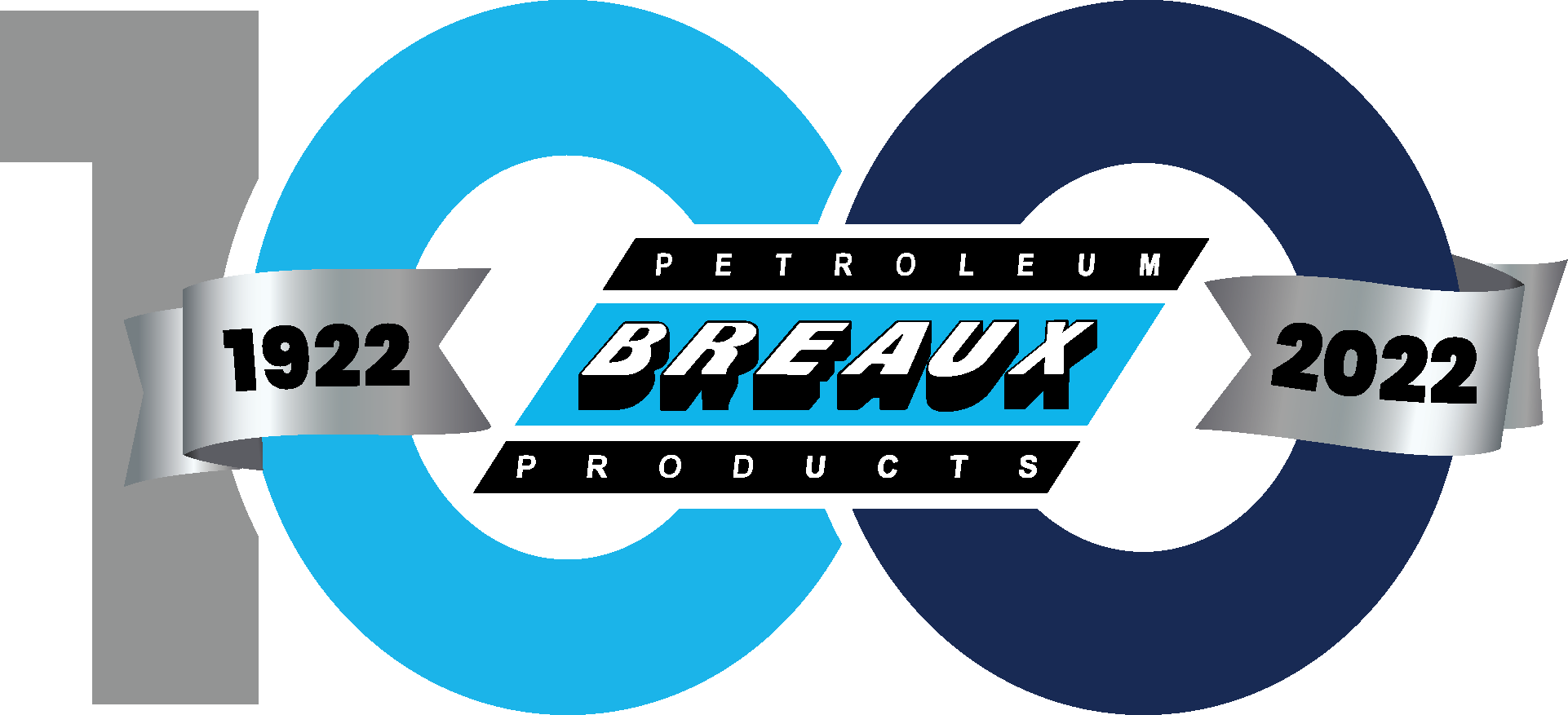Battling Lubricant Contamination
THE COST OF CONTAMINATION
The impact of contamination is increasing because of advancing equipment technology that incorporates greater energy efficiency, increased power density, higher pressures, and tighter tolerances. All these advances make the equipment more sensitive to contamination than ever before. As a result, the costs associated with contamination are rising, which can, in turn, increase overall operating costs. The best way to avoid contamination costs is to ensure that contaminants do not enter the systems in the first place. This requires an investment in training and the adoption of best practices, as well as a focus on lubricant cleanliness in every step of the lubricants journey from storage to transfer and finally into the equipment. The most critical tool in fighting contamination is human behavior.
THREE COMMON TYPES OF WEAR FROM SOLID CONTAMINATION
System contamination comes in many forms— the worst offenders are solid particles and water, while lesser offenders are sludge, varnish, entrained air, and other fluids like chemicals or fuels. Contamination from solid particles can result in three basic types of wear on equipment and components:
- Abrasive wear. Most particles are larger than the lubricant film thickness. This means that a particle will make contact with metal parts even when the proper lubricant film is present. The hard particle acts as an abrasive, much like sandpaper, and can remove metal from the surface of the component. This abraded metal in turn creates more particles that simply aggravate this condition.
- Fatigue wear. As with abrasive wear, the force of the load is transferred through the particle and into the metal surface. This force can result in a “micro-dent” on the metal surface of the component. As the component goes through its various cycles of operation, this “micro-dent” goes through loaded and unloaded cycles that can lead to crack formation. Eventually a small piece of metal can break off. This metal loss at the surface is called spalling (also pitting) and ultimately results in component failure as the integrity of the metal surface is destroyed.
- Erosive wear. Particles impinge on a component’s surface or edge, slowly eroding the material and altering the original machine fit of the component. For example, if abrasive particles are flowing with a liquid, such as hydraulic fluid, and they encounter tight orifices, the abrasive particles can remove small amounts of the surrounding metal components. Eventually, this compromises the fit and can result in fluid leakage and a loss of overall operating efficiency. As the number of solid particles increase, the rate of wear mechanisms will increase also. The challenge is to determine how many solid particles exist in a system, and then develop a plan to control the ingress of particles into the system and also the generation of particles by the system.

WHAT CAN BE DONE TO REDUCE CONTAMINATION?
If you are looking to minimize contamination, you should examine your operations to identify areas in which contamination may occur, such as the receiving and storage of fluids. Keeping tanks completely sealed and using desiccant breathers is an “easy win” that can be done when improving your program. Filtering the fluids as they are transferred into tanks and equipment will help to remove particles during the exchange and is a good second step.
Drum storage is always a concern. Drums stored outside are most vulnerable to contamination ingress. Drums are not airtight but are designed to “breathe” as the temperature changes and the fluids expand and contract. This “breathing” can draw contaminants into the drum. Storing drums inside a building or under a covered area is preferred. Regardless of where a drum is stored, drum covers should be properly secured to prevent accumulation of dirt and moisture on top of the drum. When a pump or hose is used on the drum, all surfaces should be kept clean, and a tight seal should be maintained around between the drum bung and the transfer equipment.
CONTACT OUR TEAM
For more information or to discuss specifics around lubricant contamination, please contact our lubricant experts at 800-375-3358 or email services@breauxpetroleum.com.
Source: Contamination Control (Shell)
